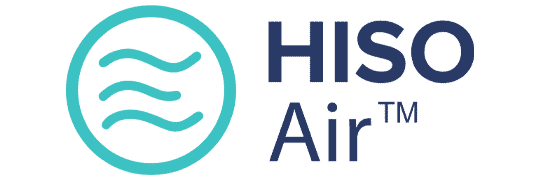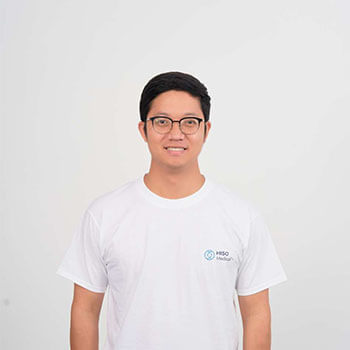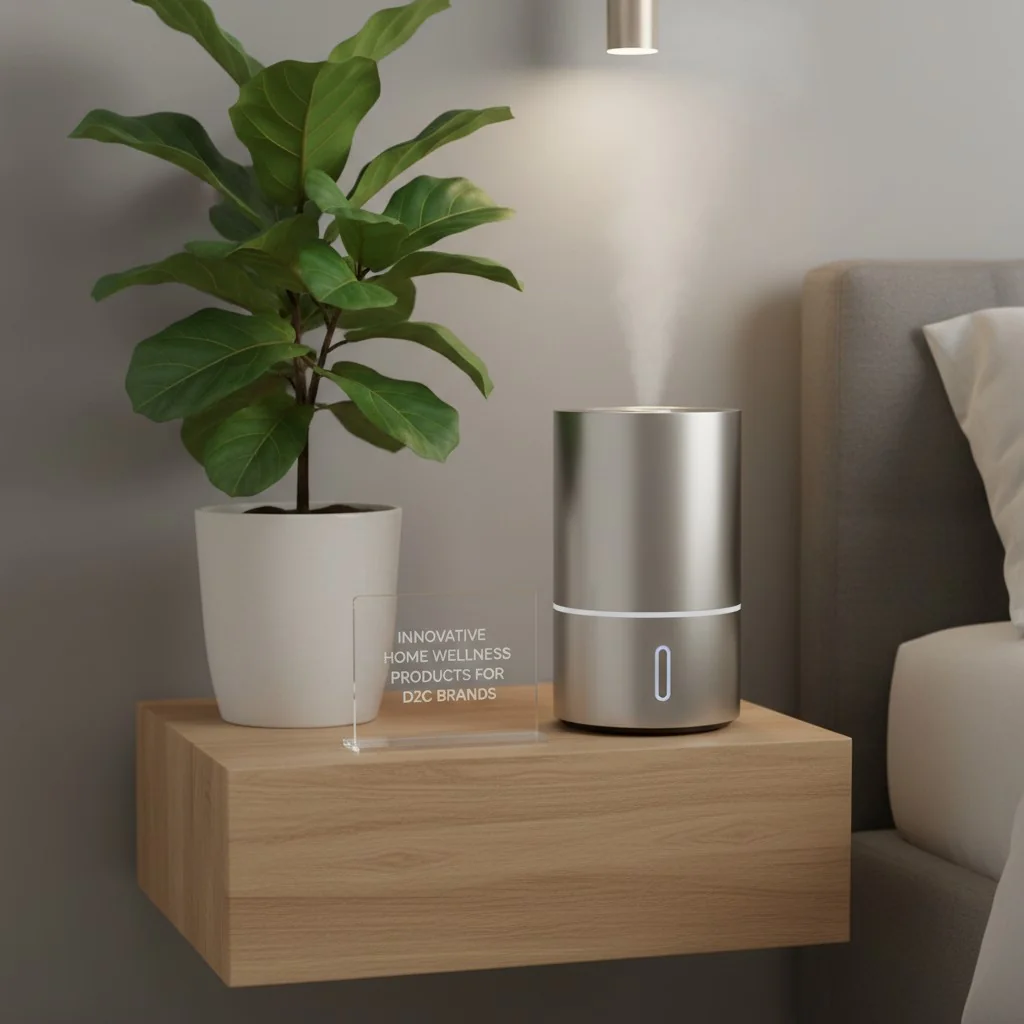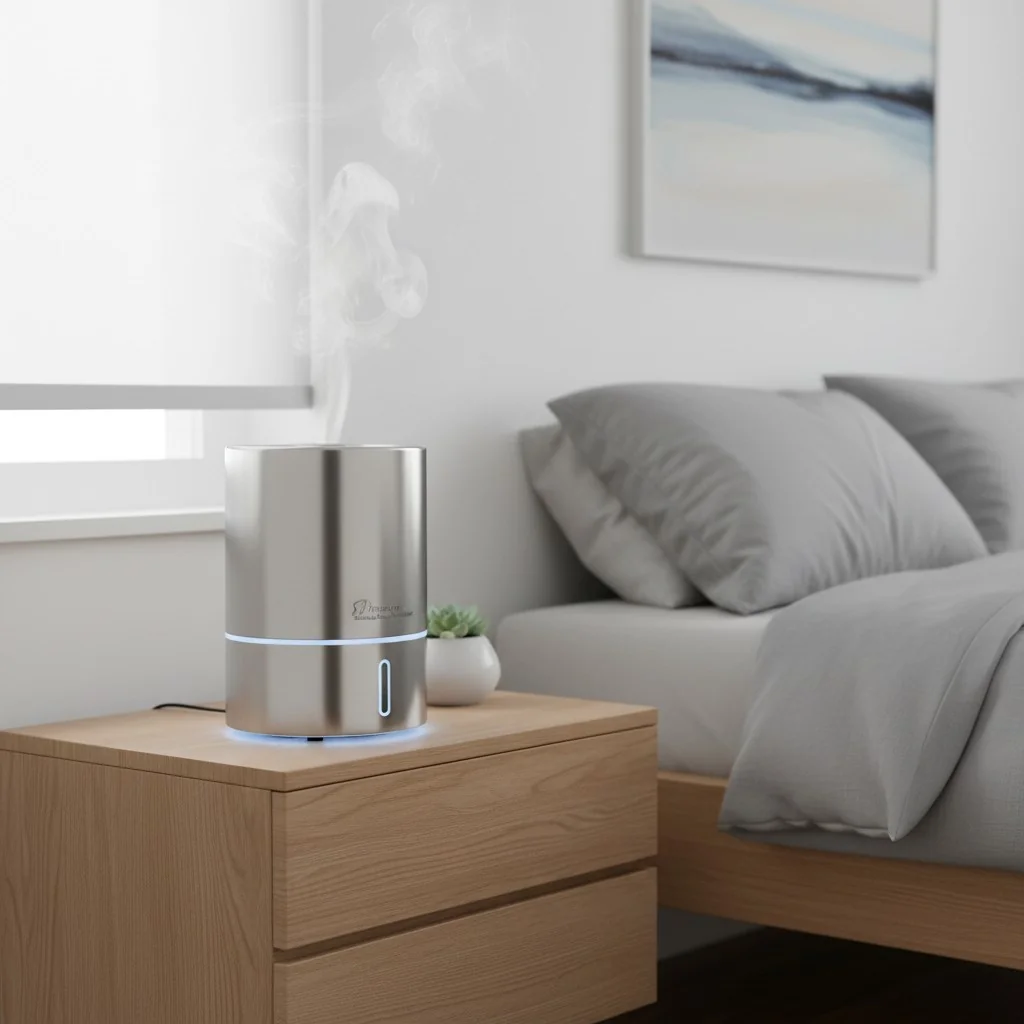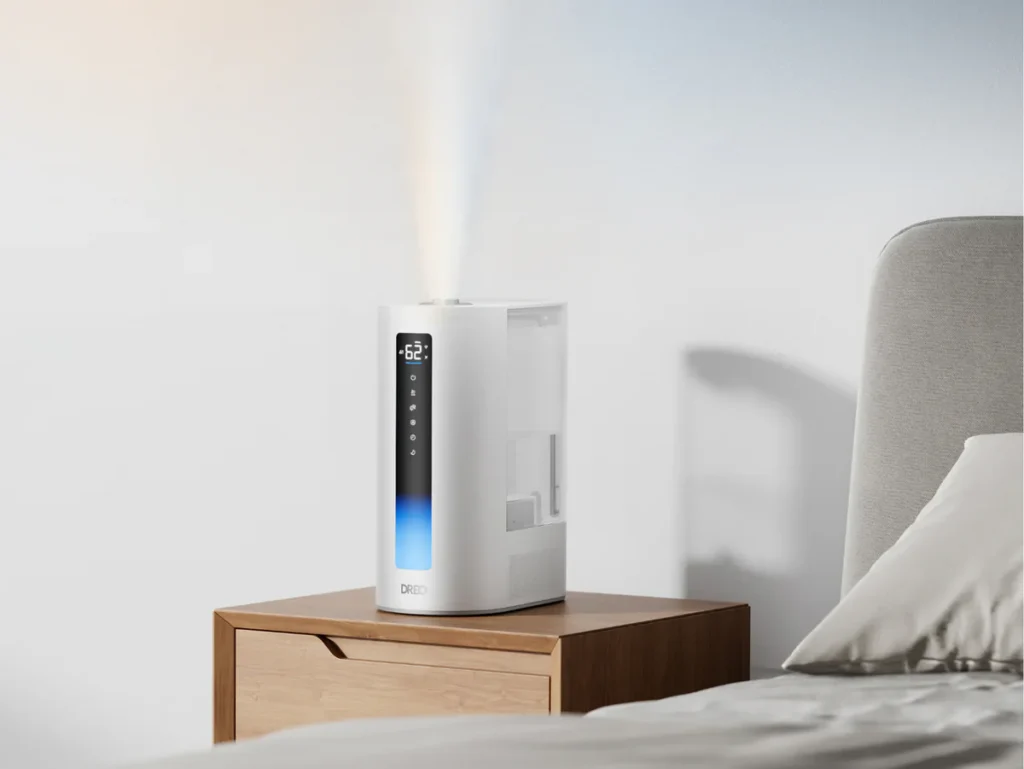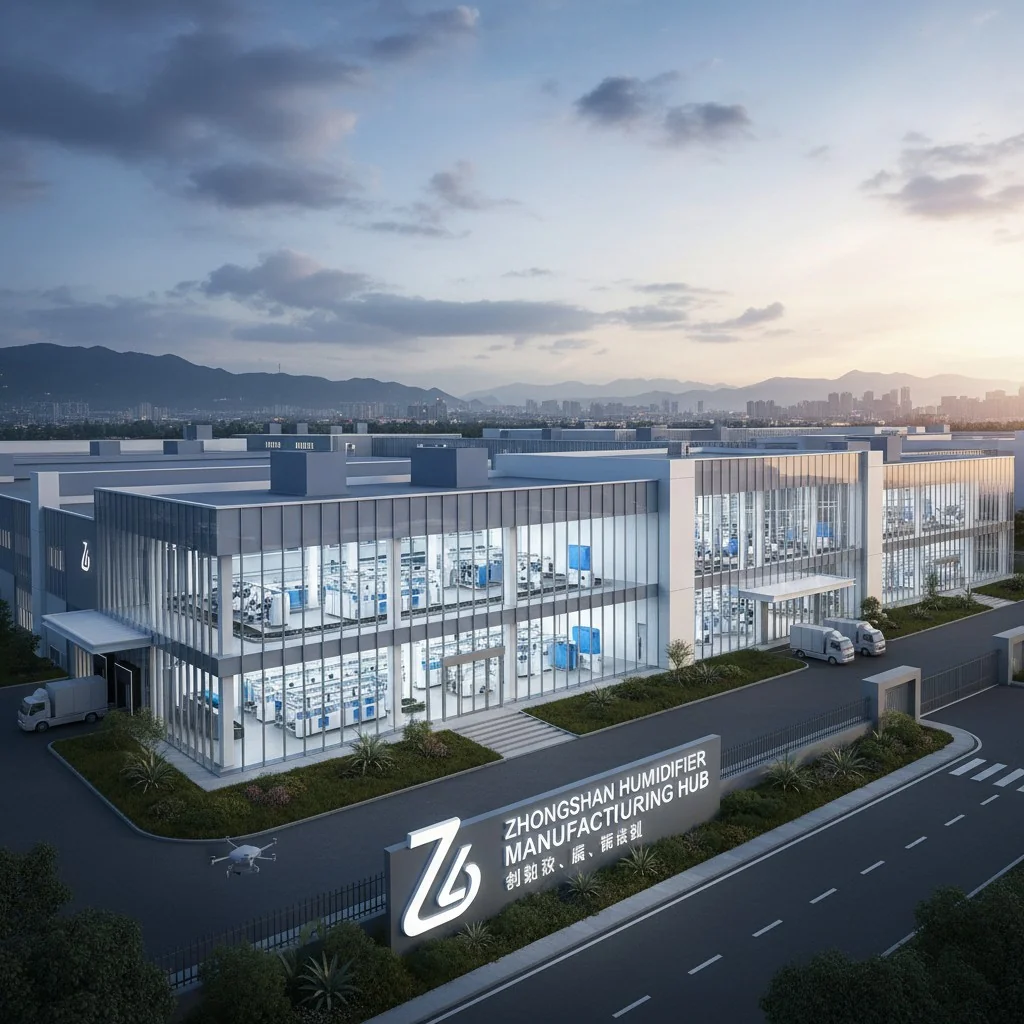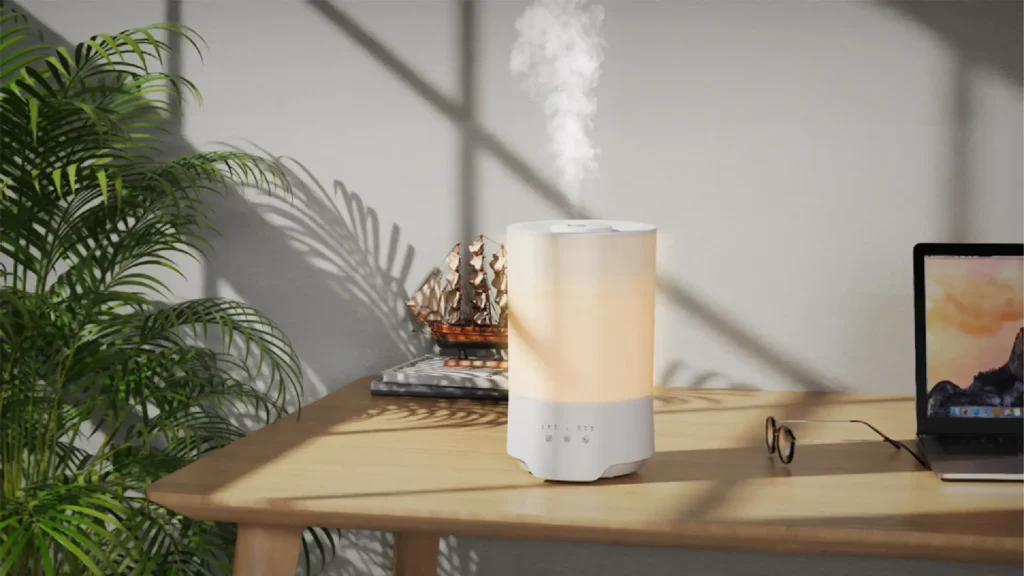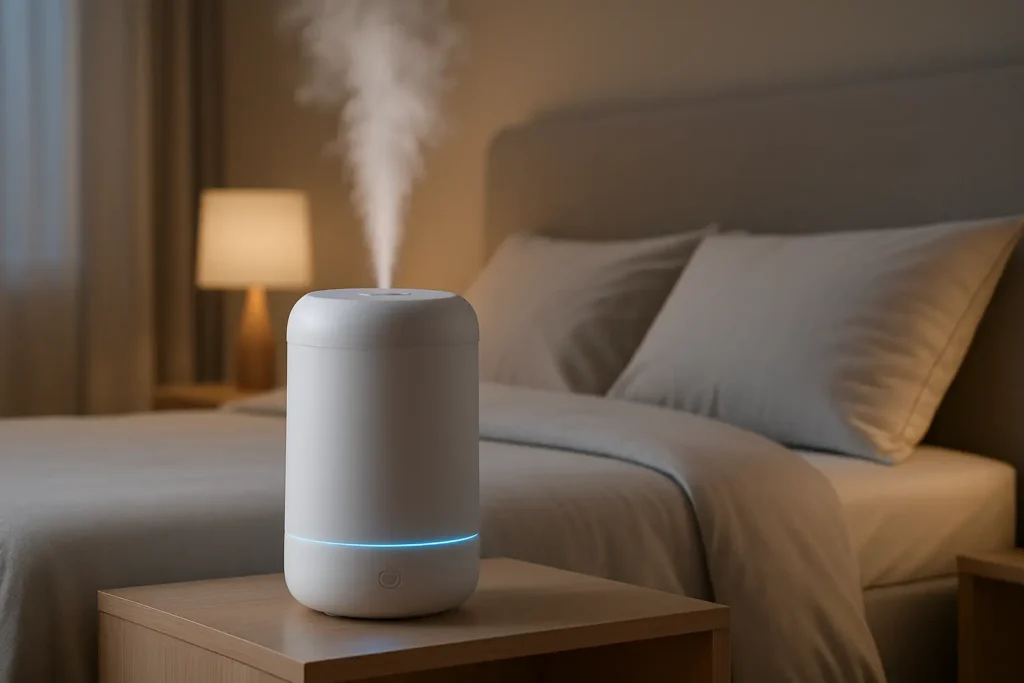For B2B procurement, understanding product origins is vital. Coway is a prominent humidifier brand, and buyers often ask: Where are Coway humidifiers manufactured? This question delves into global supply chains, manufacturing strategies, and the true meaning of a product's 'Made In' label. Deciphering these details is crucial for informed decision-making, ensuring product quality, supply chain resilience, and alignment with business standards.
This guide dissects Coway's global manufacturing, production strategy, and component sourcing. We provide a clear, data-driven analysis to equip B2B professionals with the knowledge needed to navigate international manufacturing and make strategic purchasing choices for Coway humidifier manufacturers and related products.
Coway's Global Manufacturing Infrastructure: A Dual-Track Approach
Coway operates a sophisticated manufacturing network, leveraging both its South Korean heritage and extensive capabilities in China. This dual-track approach optimizes for quality and cost-effectiveness, serving a diverse global market.
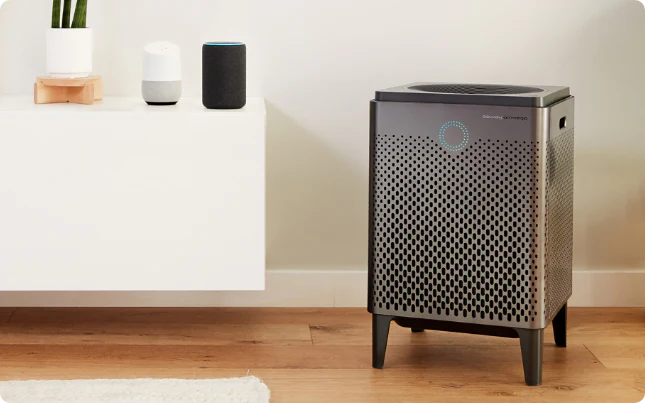
The South Korean Production Core
South Korea remains the foundational core of Coway's manufacturing, serving as the primary hub for flagship products and R&D. Key facilities include:
- Yugu Factory: Primary site for flagship water and air purifiers, and the world's largest filter manufacturer.
- Incheon Factory: Designated manufacturing site for electric home goods, including Coway humidifiers, bidets, and other appliances.
- Pocheon Factory: Specialized center for refurbished products.
These facilities uphold Coway's commitment to high standards of quality and innovation.
The China Production Hub: Scale and Cost-Effectiveness
Coway has a significant production presence in China, primarily in Guangzhou. This expansion is driven by the need for scale and cost-effectiveness.
- Guangzhou Center: An integrated hub for production, quality control, and sourcing, primarily for water and air purifiers for local and global markets.
- Strategic Rationale: Leverages China's cost-effectiveness, vast labor force, and developed supply chain ecosystem.
This dual-track model balances premium quality from South Korea with economic efficiencies from China, creating a resilient global supply chain.
Table 1: Coway Official Manufacturing Facilities and Production Focus
| Facility Location | Primary Focus | Principais produtos | Strategic Role |
|---|---|---|---|
| Coreia do Sul | |||
| Yugu Factory | Flagship Water & Air Purifiers, Filters | Water Purifiers, Air Purifiers, Filters | Core production, largest filter manufacturer |
| Incheon Factory | Electric Home Goods | Humidificadores, Bidets, Other Electric Appliances | Dedicated humidifier production |
| Pocheon Factory | Refurbished Products | Refurbished Appliances | Sustainability, product lifecycle extension |
| China | |||
| Guangzhou Center | Water & Air Purifiers | Water Purifiers, Air Purifiers | Scale production, cost-effectiveness, global distribution |
This table summarizes key manufacturing locations and their specializations.
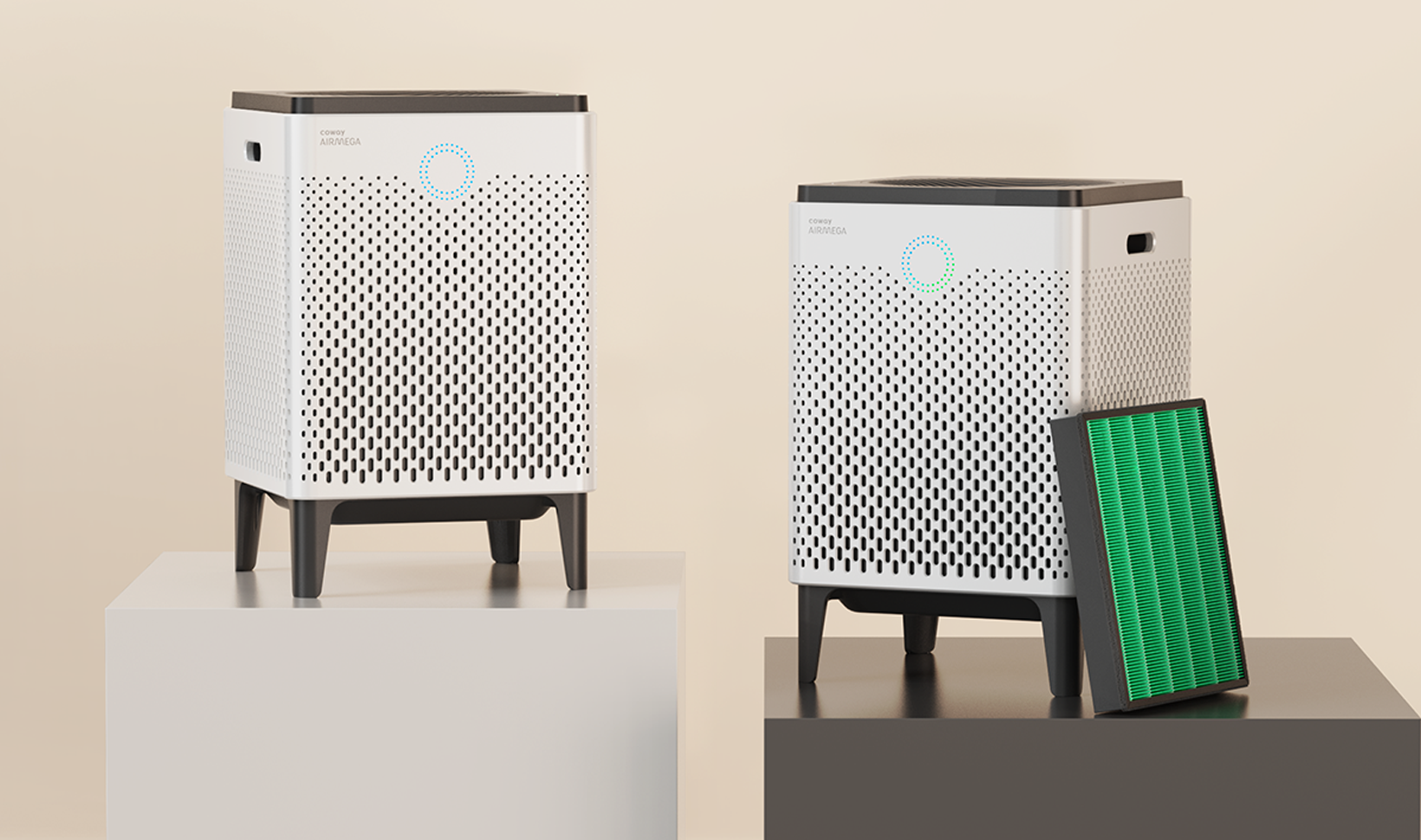
The "Made In" Conundrum: Deconstructing the Coway Product Label
For B2B buyers, the "Made In" label can be nuanced, reflecting a bifurcated production strategy. Understanding this is crucial for procurement.
Bifurcated Production Strategy: Korean-Made vs. Chinese-Made Models
Coway employs a strategic model where different product lines are manufactured in different locations:
- Korean Production: Premium and flagship models, like certain Coway Airmega air purifiers, are often "Made in South Korea", appealing to buyers prioritizing top-tier specifications.
- Chinese Production: Newer, aesthetically-driven, and "smart" models are frequently manufactured in China to control costs and leverage efficient mass production. These models appeal to buyers seeking competitive pricing without significant functional compromise, especially for products like humidifiers.
This bifurcated strategy means the country of origin can vary by product model.
Interpreting Product Labels and Retailer Information
Navigating "Made In" information can be challenging due to varying transparency:
- Vague Disclosures: Retailers often provide generic "Imported" information, lacking specific manufacturing details.
- Non-Descriptive Codes: Product serial numbers typically do not indicate the country of manufacture.
- The Physical Label: The most reliable source is the physical label on the product itself, which legally states the country of final assembly. B2B buyers should always verify this label for Coway humidifier manufacturers products.
Table 2: Reported Country of Origin for Select Coway Airmega Models (Illustrative)
| Coway Airmega Model | Reported Country of Origin | Typical Characteristics |
|---|---|---|
| Airmega 400S | Coreia do Sul | Premium, Flagship, Advanced Features |
| Airmega 200M | Coreia do Sul | Established, High-Performance |
| Airmega 150 | China | Newer Design, Smart Features, Cost-Optimized |
| Airmega 250S | South Korea / China (Varies by batch/region) | Mid-range, Blended Strategy |
Note: This table is illustrative and based on reported trends. Actual manufacturing origin should always be verified via the physical product label.
This section highlights that while Coway maintains a strong South Korean manufacturing base, its global strategy incorporates production in China, making direct verification of the physical product label the most accurate method for B2B buyers to ascertain the manufacturing origin of specific models, including Coway humidifiers.
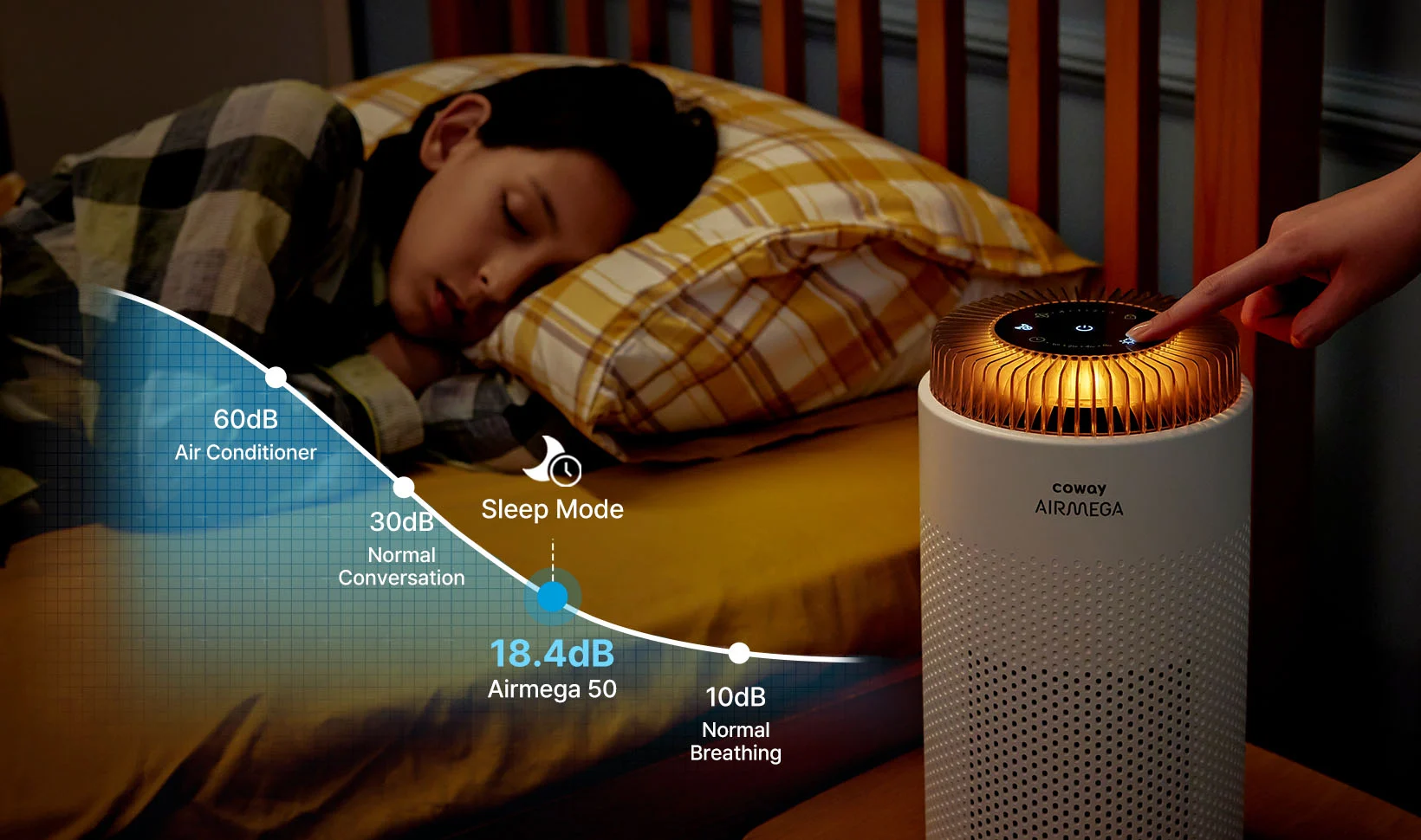
The Unseen Network: Component Sourcing and Supply Chain Analysis
Beyond final assembly, a product's true origin lies in its intricate supply chain. For Coway, understanding this network is critical for B2B buyers, impacting quality, ethics, and resilience.
A Global Web of Components
Coway sources components globally, managing the entire value chain from raw materials to recycling. This global sourcing leverages specialized expertise and cost efficiencies, integrating best available technologies. Key components like activated carbon are sourced from international partners in countries such as the Philippines and Malaysia. This global strategy highlights that final assembly is only one part of the manufacturing complexity.
The Chinese Supplier Ecosystem: Official Partners and Unaffiliated Entities
China is a significant source of components and manufacturing services for Coway. A large network of Chinese factories serves as OEM/ODM suppliers, crucial for Coway's scale and efficiency. However, B2B buyers must distinguish these official partners from unrelated Chinese companies using the "Coway" name in other industries. Due diligence is essential to ensure engagement with the legitimate Coway brand.
Understanding this intricate web of component sourcing and manufacturing partnerships is vital for ensuring product authenticity, quality, and ethical sourcing practices, especially when dealing with Coway humidifier manufacturers or their supply chain.
Strategic Imperatives and Governance: Shaping Coway's Global Operations
Coway's manufacturing strategy is deeply rooted in strong governance frameworks and strategic imperatives that ensure quality and resilience. For B2B buyers, understanding these principles provides insight into Coway's long-term vision and commitment to excellence.
R&D as the Anchor of Brand Identity
Coway's brand identity remains firmly anchored in its research and development capabilities. The Seoul-based Coway Environmental Technology Research Institute serves as the innovation hub, holding thousands of patents and developing cutting-edge technologies. This concentration of R&D in South Korea ensures consistent product quality regardless of manufacturing location.
Supply Chain Responsibility
Coway maintains strict ethical standards through its formal Supplier Code of Conduct, based on international human rights and labor standards. The company reserves the right to audit partners and publishes regular ESG sustainability reports. This commitment provides B2B buyers with assurance regarding the social and environmental impact of their purchases.
Risk Mitigation Through Diversification
Recognizing geopolitical vulnerabilities, Coway actively diversifies its supplier network beyond China to ensure supply chain resilience. This strategy reduces over-reliance on any single region and provides B2B buyers with more predictable supply continuity.
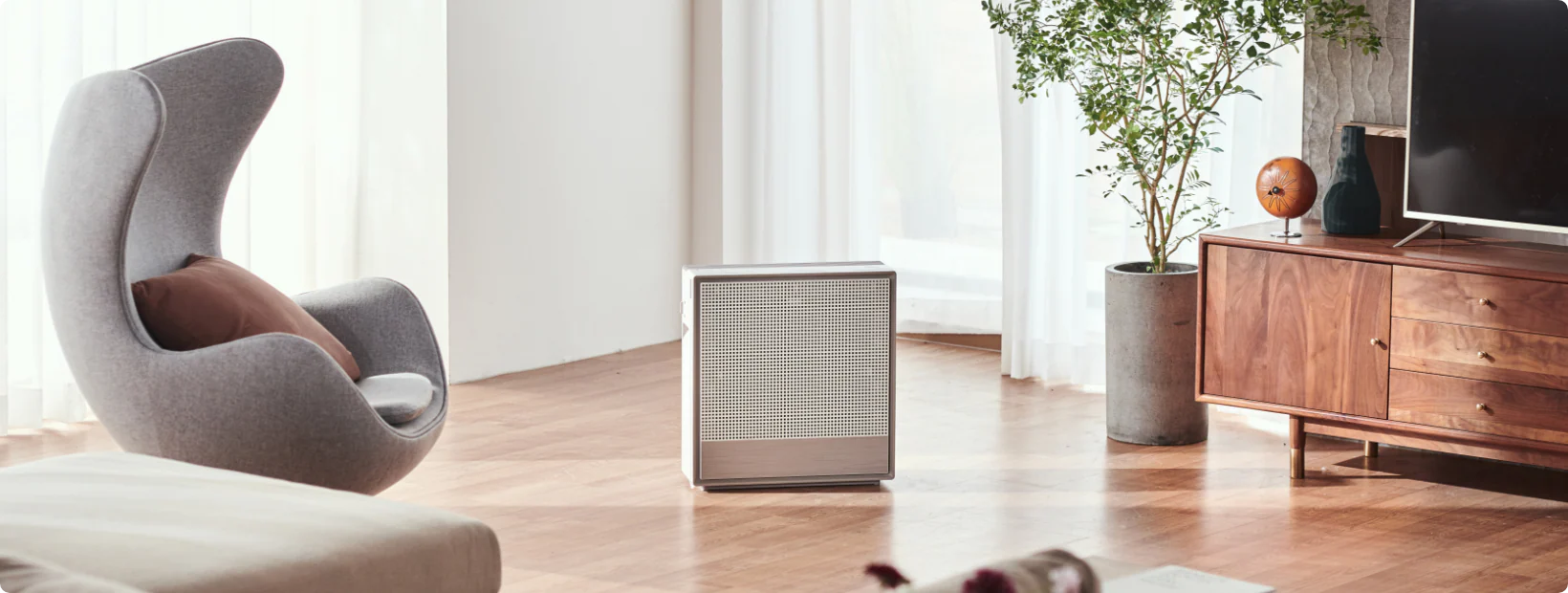
Understanding where Coway humidifiers are manufactured is not a straightforward answer but rather an exploration into a sophisticated global manufacturing and supply chain strategy. For B2B buyers, this nuanced understanding is crucial for making informed procurement decisions.
Recap of Findings
Our analysis reveals several key insights into Coway's manufacturing landscape:
- Humidifiers are primarily made in Incheon, South Korea. The Incheon factory is specifically designated for the production of electric home goods, including humidifiers, bidets, and other appliances. This provides a direct answer to the core question of this article.
- A dual-track production strategy exists between South Korea and China. While South Korea remains the core for flagship products and R&D, China, particularly the Guangzhou center, serves as a vital hub for scale production and cost-effectiveness, especially for water and air purifiers. This allows Coway to cater to diverse market demands and price points.
- The supply chain is global and complex. Coway sources components from various international partners, such as activated carbon from the Philippines and Malaysia. This global web of suppliers means that the "Made In" label on a product only indicates the location of final assembly, not the origin of all its constituent parts.
- Brand identity is anchored in R&D, not solely manufacturing location. Coway's core innovation and technological advancements stem from its R&D hub in Seoul, which holds thousands of patents. This strong R&D focus ensures consistent product quality and innovation across its diverse manufacturing footprint.
- The market includes unaffiliated entities using the Coway name. B2B buyers must be vigilant, as there are unrelated Chinese companies that use the "Coway" name in different industries, which are not affiliated with the South Korean Coway brand. Due diligence is essential to ensure engagement with the legitimate brand.
Actionable Recommendations for B2B Buyers
Based on these findings, here are actionable recommendations for B2B professionals involved in sourcing Coway humidifiers or similar products:
- Verify Origin on the Physical Product Label: For precise information on the final assembly location of a specific Coway humidifier model, always refer to the physical label or sticker directly affixed to the product. This is the most reliable source of truth.
- Focus on Supply Chain Management: Understand that a product's quality and ethical standing extend beyond its final assembly point. Inquire about Coway's supply chain practices, including their Supplier Code of Conduct and ESG commitments, to ensure alignment with your company's values.
- Evaluate Geopolitical Risk Mitigation Strategies: Given the global nature of manufacturing, assess Coway's strategies for diversifying its supply chain and mitigating geopolitical risks, especially concerning production in China. A resilient supply chain is crucial for long-term procurement stability.
- Prioritize R&D and Brand Reputation: Recognize that Coway's investment in R&D and its established brand reputation for innovation are key indicators of product quality and reliability, irrespective of the specific manufacturing site for a given model.
- Conduct Due Diligence on Partners: When engaging with suppliers or distributors, ensure they are authorized partners of the legitimate South Korean Coway brand to avoid issues with unaffiliated entities.
By adopting a comprehensive approach that considers both the explicit "Made In" label and the broader context of Coway's global manufacturing and supply chain strategies, B2B buyers can make more informed, strategic, and ultimately successful procurement decisions for humidifiers and other environmental home appliances.
